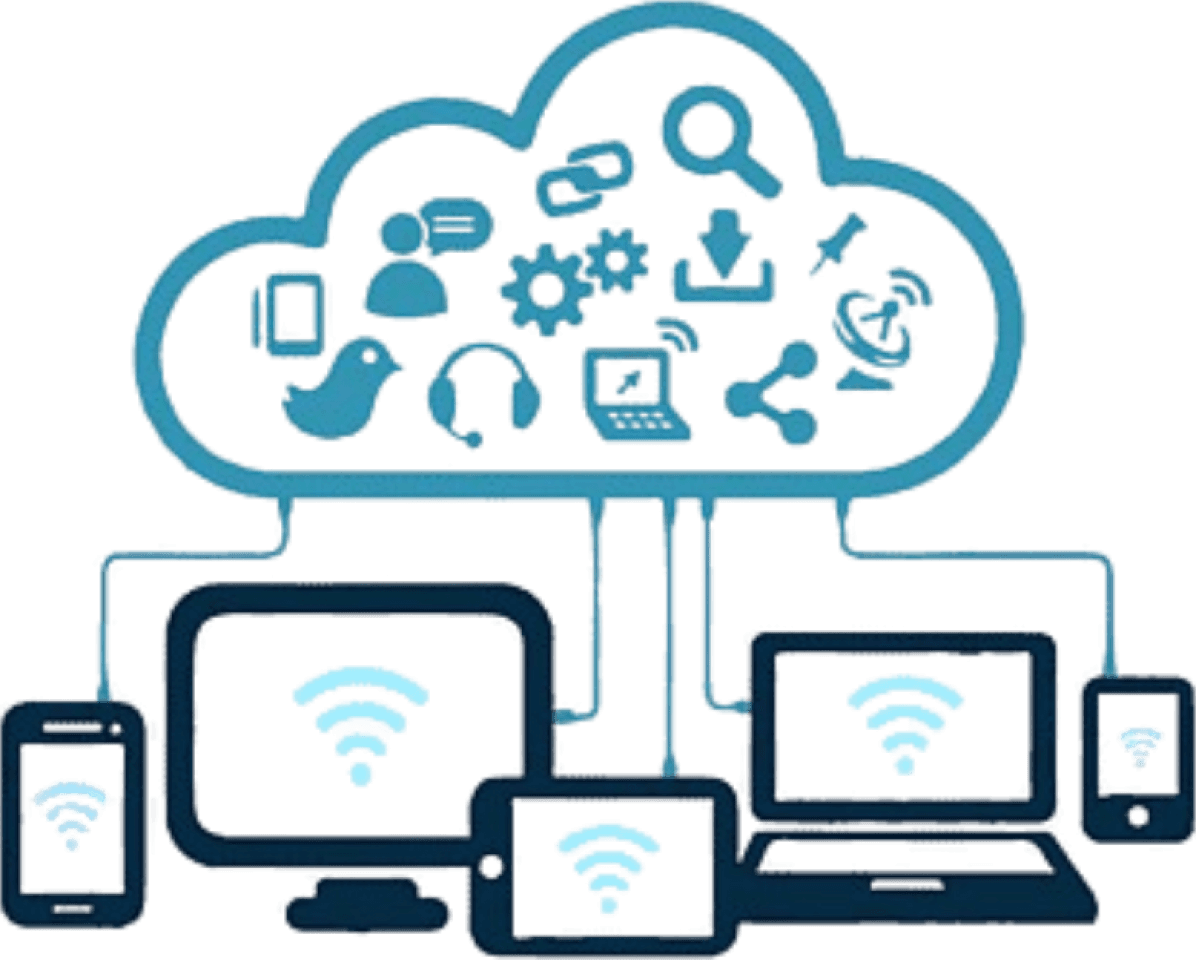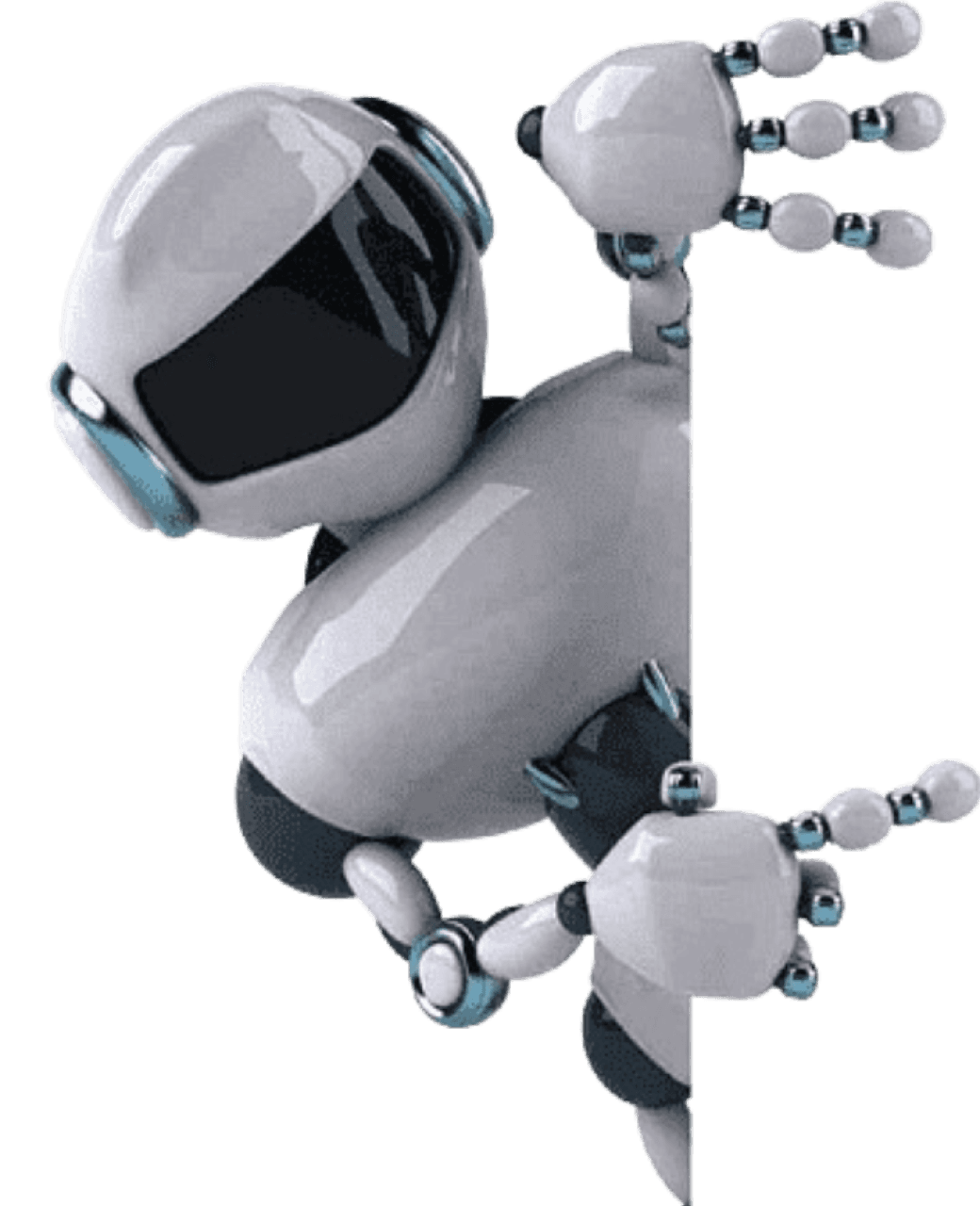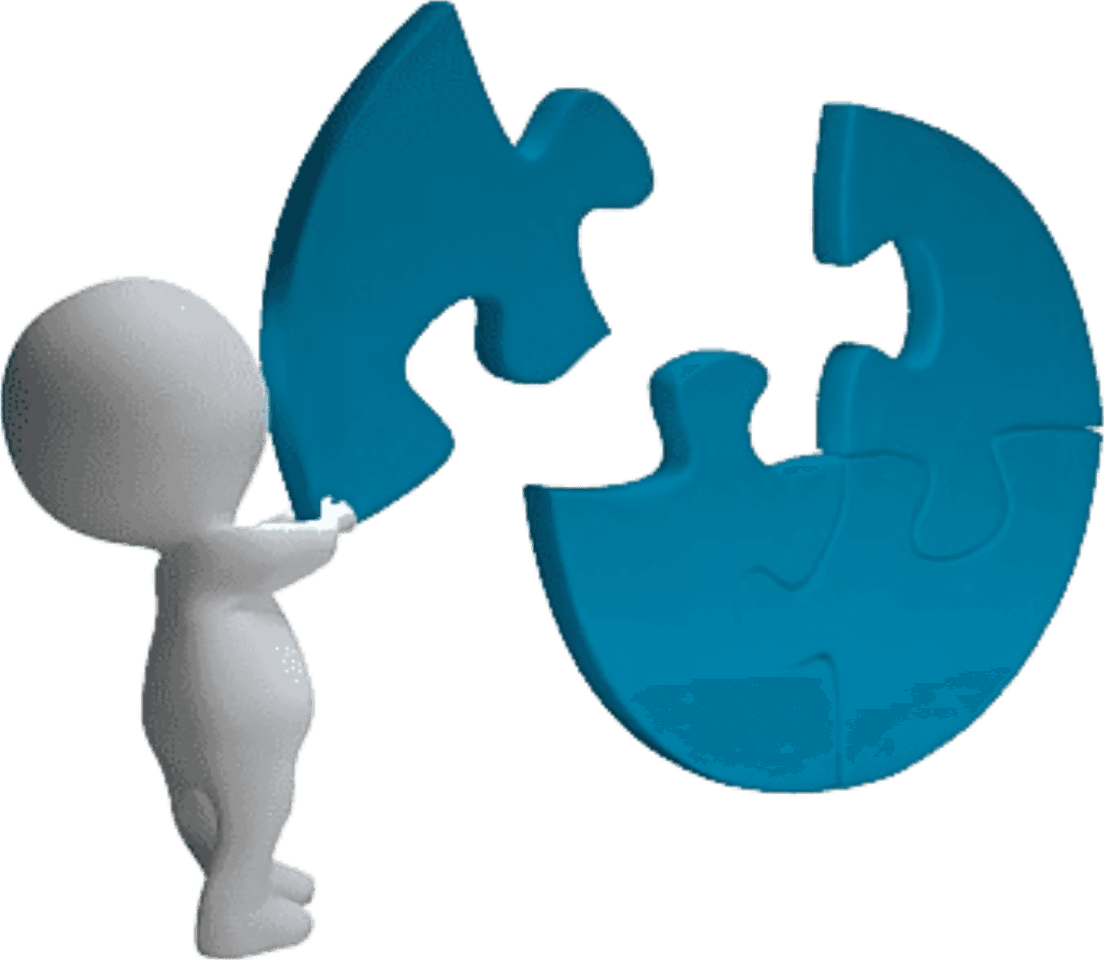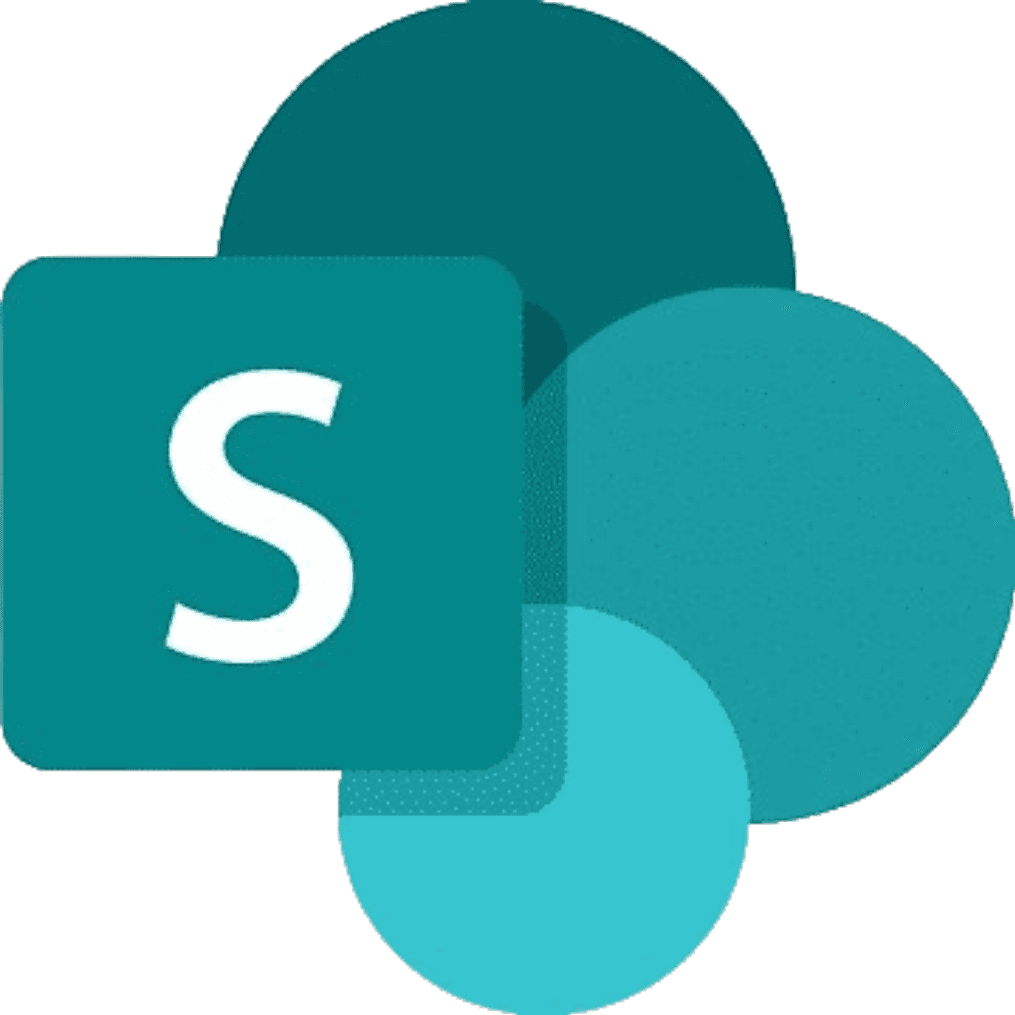Is Vision AI Right for Your Business? Let's Find Out!
Is Vision AI Right for Your Business? Let's Find Out!
Is Vision AI Right for Your Business? Let's Find Out!
Is Vision AI Right for Your Business? Let's Find Out!
Is Vision AI Right for Your Business? Let's Find Out!
Is Vision AI Right for Your Business? Let's Find Out!
Is Vision AI Right for Your Business? Let's Find Out!
By Apratim Ghosh
By Apratim Ghosh
By Apratim Ghosh
Dec 10, 2024
Dec 10, 2024
Dec 10, 2024
computer vision and pattern recognition
computer vision and pattern recognition
Vision AI
Vision AI
AI Vision
AI Vision
Listen to this blog :
0:00/1:34
White paper
White paper
AI Based Gross to Net (G2N) Solution
AI Based Gross to Net (G2N) Solution
Valuable Asset For Agri Science Company
Valuable Asset For Agri Science Company





Computer Vision aka Vision AI is a subset of Artificial Intelligence (AI) that uses Machine Learning (ML) and Convolutional Neural Networks (CNN) to help computers detect, learn, and derive insights from images, videos, and other visual inputs.
Here’s a quick glance at how it works:
It collects large data sets of visual inputs for analysis
It trains the deep learning models using thousands of pre-labeled or pre-identified images to automate and process images.
The model learns to interpret the visual inputs and identify, verify, and classify the objects.
Today, every industry, from manufacturing to healthcare, has started investing in vision AI to automate processes and improve the quality of their output.
Several renowned companies, like Netflix, Tesla, and Siemens, use it to innovate their operations and products.
Hence, it is not surprising that the global computer vision market is thriving and projected to hit $175.72 billion by 2032.
However, while there is much curiosity about this emerging technology, enterprises must ask themselves if it’s the right choice for their business.
Through this blog, we’ll attempt to help you analyze this question and make the right decision.
The Benefits of Vision AI
Before determining if vision AI is right for your business, let’s understand how it benefits businesses.
Reduces errors and improves work quality: Unlike humans, computers are trained to observe even the slightest deviation from product or workflow specifications. For example, a Vision AI solution can analyze a document based on the rules specified and extract the necessary information. This helps companies improve accuracy and enhance work quality.
Increases productivity: Vision AI can detect and rectify bottlenecks in the production line and other processes on time by assessing operations in real time. This improves the company's overall operations and productivity.
Improves safety: Vision AI helps ensure safety in workplaces. It can detect unsafe situations, environmental conditions, and deviant behavior and alert the workers on time. From ensuring the workers are wearing helmets, goggles, and other gear to helping them stay away from harmful machinery, AI vision can play a significant role in preventing accidents before they occur.
Saves cost: Rectifying a defect after production can be expensive for companies. However, finding defects on time can be difficult in a fast-paced environment. That’s where Vision AI can help. By detecting errors early in production, companies can minimize wastage and downtime and save money.
The Use Cases of Vision AI
Now that we know the benefits of computer vision and pattern recognition technology, let’s look at how it can be applied in different industries. This can help you decide if it is the right choice for your business.
Manufacturing
Quality control has always been one of the primary challenges for the manufacturing industry. That’s why many manufacturing companies are considering using vision AI. It can scan items from different angles, compare them with the benchmark, and perfectly detect defects and minor imperfections. A specific application of this technology is verifying a package’s color, dimension, fill levels, and other quality control aspects. Additionally, it can minimize business disruptions and improve operations by predicting machine downtimes and ensuring worker safety.
Healthcare
Vision AI can be used in healthcare to analyze medical images like X-rays and MRIs, detect early signs of illnesses or abnormalities, and assist the medical team with diagnoses. It can also be used during surgeries to track the equipment, manage occupancies, monitor the status of critical machines, and tailor the patient’s rehabilitation based on their movements. AI Vision can play a significant role in revolutionizing the healthcare industry and improving patient outcomes.
Food and beverage (F&B)
The food and beverage (F&B) industry is expected to maintain the highest quality standards in food production, packaging, and delivery. The increasing demand for food and beverages could sometimes lead to human oversight and compromise the food’s quality. With vision AI, companies can detect issues like discoloration or inconsistencies in food and beverages that are usually invisible to the human eyes and safeguard the food’s quality. Companies can also use vision AI to track inventory, stock levels, and products nearing the expiry dates. This not only helps companies optimize the ordering process but also plays a significant role in reducing wastage, making the process more responsible and environmentally conscious.
Retail
Retailers have been using vision AI solutions to track customer movements in the stores, analyze facial expressions and gestures, and understand demography. These insights help them improve product placements and store layouts to improve the shopping experience. Besides that, retailers use vision AI to track inventory in real time and reorder on time to avoid stockouts.
How To Get Started Using Vision Guard?
As more companies use vision AI, its use cases are becoming sophisticated. For example, companies are now considering using it for 3D imaging, deepfake detection, and augmented reality. This will help an autonomous vehicle manufacturer gauge the distance and spatial relationship between objects, a manufacturing company build a 3D model while planning a project or enable an agricultural company to monitor crop health and automate harvesting. The potential of vision AI is immense across various industries.
However, quality control is a major use case of vision AI. As companies grow in scale and launch products faster than competitors, quality inspection can be compromised. To prevent such issues, companies must consider using this technology.
At InovarTech, we understand vision AI’s role in improving the quality control process and business outcomes.
That’s why we’ve built an AI vision quality inspection copilot called VisionGuardAI for decision-makers, especially in the F&B and manufacturing industries. Our state-of-the-art hardware and software-based AI models guarantee improvement and 100% precision in your quality inspection processes without any human intervention. With the help of a few images and data sets, we build AI models that can provide accurate results and improve quality parameters within a few days. This will eliminate all the uncertainties and inefficiencies of poor-quality inspections that impact the brand’s image and bottom line and help you embrace a future where quality is never compromised.
For more information on VisionGuard AI, contact us.
Computer Vision aka Vision AI is a subset of Artificial Intelligence (AI) that uses Machine Learning (ML) and Convolutional Neural Networks (CNN) to help computers detect, learn, and derive insights from images, videos, and other visual inputs.
Here’s a quick glance at how it works:
It collects large data sets of visual inputs for analysis
It trains the deep learning models using thousands of pre-labeled or pre-identified images to automate and process images.
The model learns to interpret the visual inputs and identify, verify, and classify the objects.
Today, every industry, from manufacturing to healthcare, has started investing in vision AI to automate processes and improve the quality of their output.
Several renowned companies, like Netflix, Tesla, and Siemens, use it to innovate their operations and products.
Hence, it is not surprising that the global computer vision market is thriving and projected to hit $175.72 billion by 2032.
However, while there is much curiosity about this emerging technology, enterprises must ask themselves if it’s the right choice for their business.
Through this blog, we’ll attempt to help you analyze this question and make the right decision.
The Benefits of Vision AI
Before determining if vision AI is right for your business, let’s understand how it benefits businesses.
Reduces errors and improves work quality: Unlike humans, computers are trained to observe even the slightest deviation from product or workflow specifications. For example, a Vision AI solution can analyze a document based on the rules specified and extract the necessary information. This helps companies improve accuracy and enhance work quality.
Increases productivity: Vision AI can detect and rectify bottlenecks in the production line and other processes on time by assessing operations in real time. This improves the company's overall operations and productivity.
Improves safety: Vision AI helps ensure safety in workplaces. It can detect unsafe situations, environmental conditions, and deviant behavior and alert the workers on time. From ensuring the workers are wearing helmets, goggles, and other gear to helping them stay away from harmful machinery, AI vision can play a significant role in preventing accidents before they occur.
Saves cost: Rectifying a defect after production can be expensive for companies. However, finding defects on time can be difficult in a fast-paced environment. That’s where Vision AI can help. By detecting errors early in production, companies can minimize wastage and downtime and save money.
The Use Cases of Vision AI
Now that we know the benefits of computer vision and pattern recognition technology, let’s look at how it can be applied in different industries. This can help you decide if it is the right choice for your business.
Manufacturing
Quality control has always been one of the primary challenges for the manufacturing industry. That’s why many manufacturing companies are considering using vision AI. It can scan items from different angles, compare them with the benchmark, and perfectly detect defects and minor imperfections. A specific application of this technology is verifying a package’s color, dimension, fill levels, and other quality control aspects. Additionally, it can minimize business disruptions and improve operations by predicting machine downtimes and ensuring worker safety.
Healthcare
Vision AI can be used in healthcare to analyze medical images like X-rays and MRIs, detect early signs of illnesses or abnormalities, and assist the medical team with diagnoses. It can also be used during surgeries to track the equipment, manage occupancies, monitor the status of critical machines, and tailor the patient’s rehabilitation based on their movements. AI Vision can play a significant role in revolutionizing the healthcare industry and improving patient outcomes.
Food and beverage (F&B)
The food and beverage (F&B) industry is expected to maintain the highest quality standards in food production, packaging, and delivery. The increasing demand for food and beverages could sometimes lead to human oversight and compromise the food’s quality. With vision AI, companies can detect issues like discoloration or inconsistencies in food and beverages that are usually invisible to the human eyes and safeguard the food’s quality. Companies can also use vision AI to track inventory, stock levels, and products nearing the expiry dates. This not only helps companies optimize the ordering process but also plays a significant role in reducing wastage, making the process more responsible and environmentally conscious.
Retail
Retailers have been using vision AI solutions to track customer movements in the stores, analyze facial expressions and gestures, and understand demography. These insights help them improve product placements and store layouts to improve the shopping experience. Besides that, retailers use vision AI to track inventory in real time and reorder on time to avoid stockouts.
How To Get Started Using Vision Guard?
As more companies use vision AI, its use cases are becoming sophisticated. For example, companies are now considering using it for 3D imaging, deepfake detection, and augmented reality. This will help an autonomous vehicle manufacturer gauge the distance and spatial relationship between objects, a manufacturing company build a 3D model while planning a project or enable an agricultural company to monitor crop health and automate harvesting. The potential of vision AI is immense across various industries.
However, quality control is a major use case of vision AI. As companies grow in scale and launch products faster than competitors, quality inspection can be compromised. To prevent such issues, companies must consider using this technology.
At InovarTech, we understand vision AI’s role in improving the quality control process and business outcomes.
That’s why we’ve built an AI vision quality inspection copilot called VisionGuardAI for decision-makers, especially in the F&B and manufacturing industries. Our state-of-the-art hardware and software-based AI models guarantee improvement and 100% precision in your quality inspection processes without any human intervention. With the help of a few images and data sets, we build AI models that can provide accurate results and improve quality parameters within a few days. This will eliminate all the uncertainties and inefficiencies of poor-quality inspections that impact the brand’s image and bottom line and help you embrace a future where quality is never compromised.
For more information on VisionGuard AI, contact us.
Get in Touch
Get in Touch
Related Blogs
Related Blogs
Related Blogs
Related Blogs





Join our Newsletter 👇,
Join our Newsletter 👇,
Join our Newsletter 👇,
Join our Newsletter 👇,
Want the latest technology updates & business trends in your inbox? Subscribe to our newsletter and experience reading really interesting and informative.
Want the latest technology updates & business trends in your inbox? Subscribe to our newsletter and experience reading really interesting and informative.
Your email address
Sign me up
Explore more topics
Ready to brush up on something new? We've got more to read right this way.
Explore more topics
Ready to brush up on something new? We've got more to read right this way.
Explore more topics
Ready to brush up on something new? We've got more to read right this way.
Explore more topics
Ready to brush up on something new? We've got more to read right this way.
Explore more topics
Ready to brush up on something new? We've got more to read right this way.
TECH
Inspire
Ideate
Inovate
Reach Out to Us :
Copyright © 2025 InovarTech. All rights reserved
TECH
Inspire
Ideate
Inovate
Reach Out to Us :
Copyright © 2025 InovarTech. All rights reserved
TECH
Inspire
Ideate
Inovate
Reach Out to Us :
Copyright © 2025 InovarTech. All rights reserved
TECH
Inspire
Ideate
Inovate
Reach Out to Us :
Copyright © 2025 InovarTech. All rights reserved
TECH
Inspire
Ideate
Inovate
Reach Out to Us :
Copyright © 2025 InovarTech. All rights reserved








